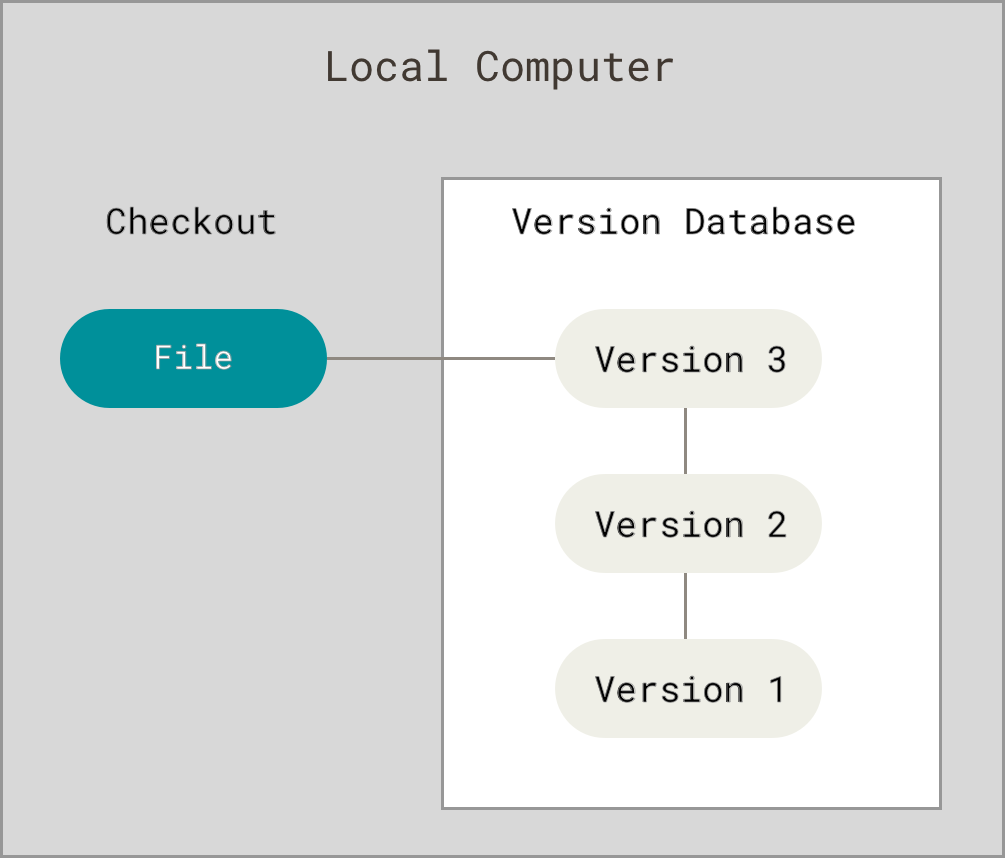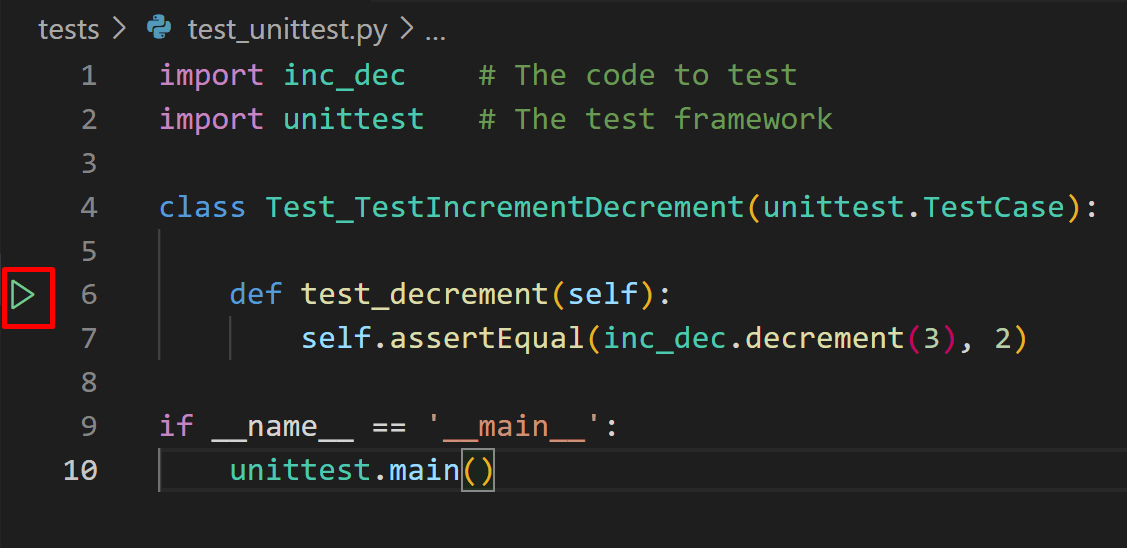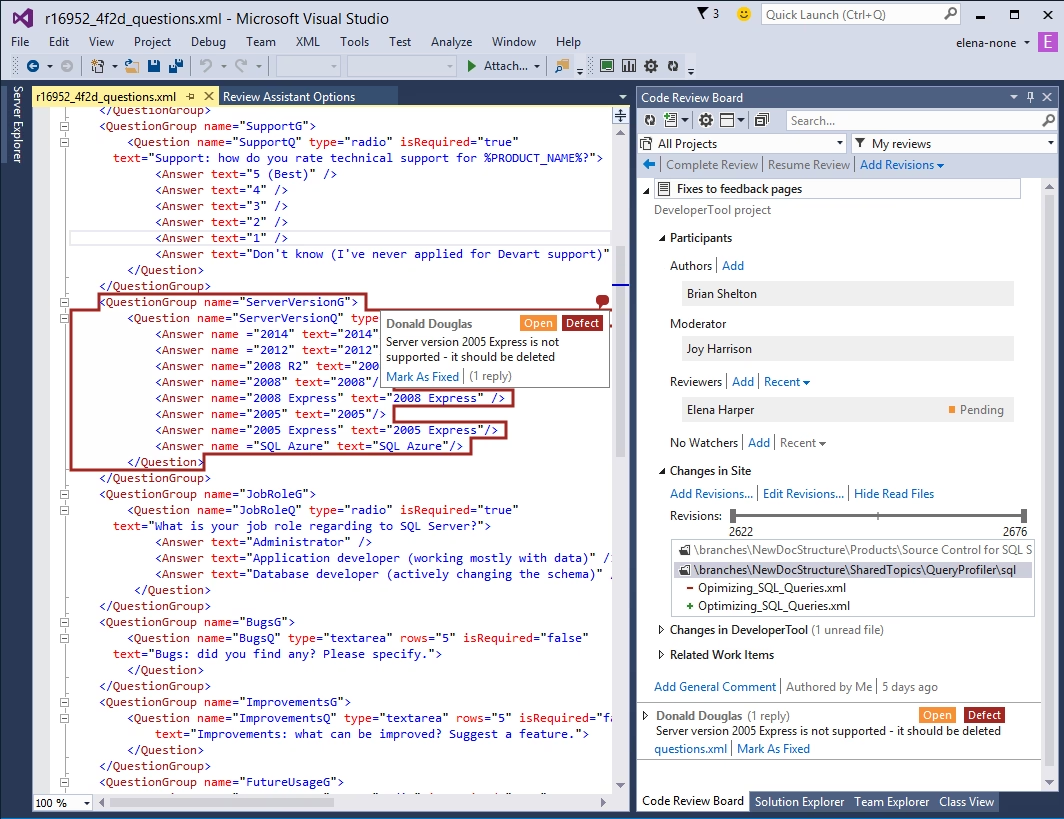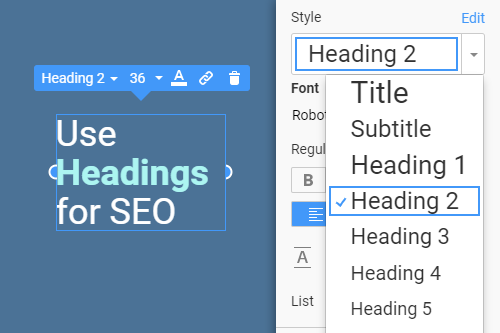Battlegrounds Mobile India (BGMI)
Battlegrounds Mobile India (BGMI) has undoubtedly created a significant buzz among mobile gamers in India. As a successor to the immensely popular PlayerUnknown's Battlegrounds Mobile (PUBG Mobile), BGMI offers a familiar battle royale experience tailored specifically for Indian players. However, despite its initial release, the game's availability on certain devices and the absence of a confirmed server opening date have left many players eagerly waiting for their chance to dive into the action.
One of the peculiar aspects of BGMI's release is its availability on some devices while remaining absent from the Google Play Store. Although the game was expected to be available for download on the Play Store, Krafton, the game's developer, decided to adopt a different approach. Instead, BGMI is primarily distributed through an APK file, which allows players to sideload the game onto their devices.
The decision to bypass the Play Store might seem unusual, but it's worth noting that PUBG Mobile faced a similar situation in India. Due to concerns related to data privacy and security, the Indian government banned PUBG Mobile in September 2020. Krafton's decision to release BGMI independently through an APK file likely aims to navigate any potential obstacles presented by the ban, ensuring the game's availability to Indian players.
Although BGMI can be downloaded and installed through the APK file, the game's servers remain closed. This has been a source of frustration for eager players who have been eagerly anticipating the server's opening to jump back into the exhilarating battle royale matches. Krafton has not yet confirmed a specific date or timing for the server opening, leaving players in a state of suspense.
The absence of a confirmed server opening date is not entirely unexpected. Game developers often follow a phased approach when launching online multiplayer games. By first releasing the game for download and installation and then gradually opening the servers, developers can ensure a smoother experience for players, mitigating the risks of overwhelming demand on the servers.
It's important for players to understand that server openings require careful planning and preparation from the development team. Scaling server infrastructure to accommodate the influx of players can be a complex task. Krafton's cautious approach indicates a commitment to providing a stable and enjoyable gaming experience for BGMI players once the servers are open.
The anticipation surrounding the server opening date is understandable, as players are eager to reunite with friends and engage in exciting battles within the battlegrounds. However, it's essential to remain patient and await the official announcement from Krafton. Keeping an eye on their official communication channels, such as their website and social media accounts, will provide the most up-to-date information on the server opening.
In the meantime, players can take advantage of this waiting period to ensure their devices meet the game's system requirements and to familiarize themselves with the mechanics of BGMI. This way, when the servers do open, players can hit the ground running and fully immerse themselves in the intense battles the game has to offer.
BGMI's availability on certain devices and its absence from the Google Play Store has stirred up both excitement and frustration among Indian gamers. While the ability to download the game through an APK file is a positive step, the wait for the server opening has left many players eagerly anticipating the next chapter in their battleground adventures. As Krafton continues to work behind the scenes to prepare the servers, players can rest assured that their patience will soon be rewarded with thrilling battles in Battlegrounds Mobile India.















.jpeg)